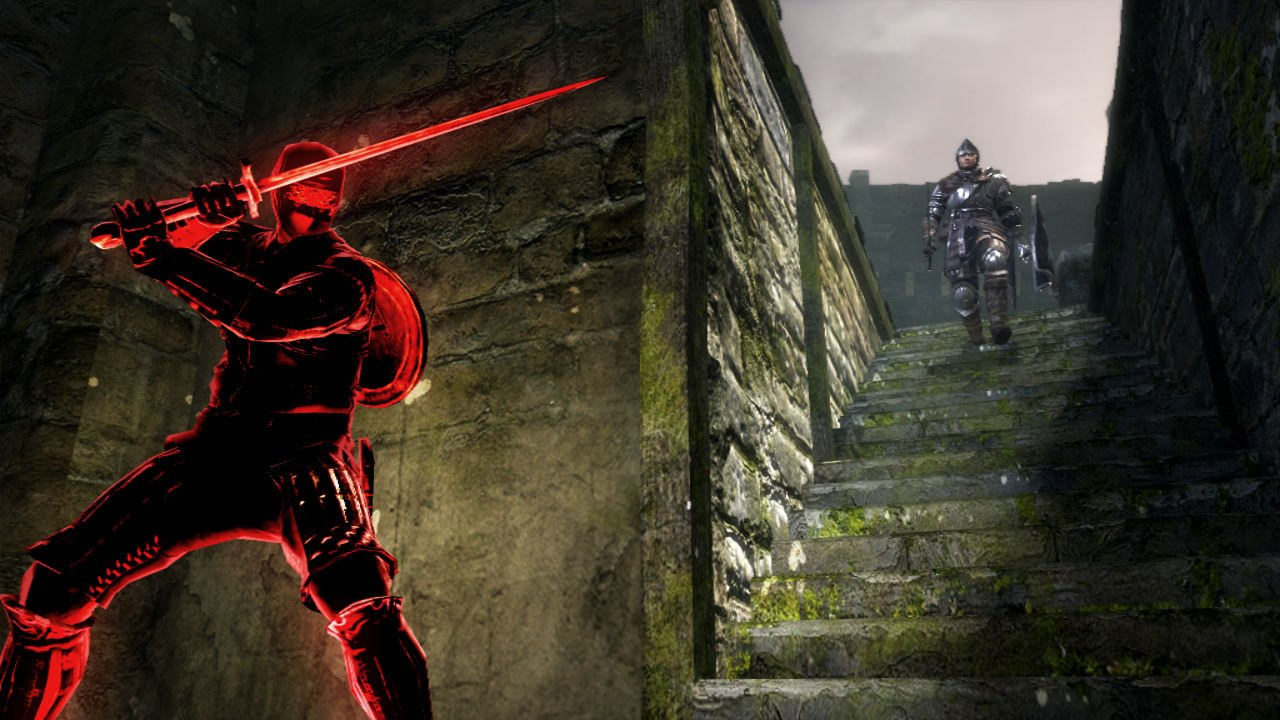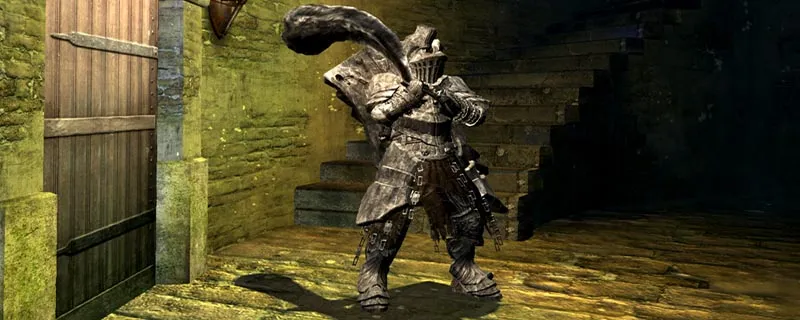Dark Souls has had a meteoric rise ever since its initial release by From Software in September of 2011. A constant influx of players have gravitated towards the medieval and gothic style set of games looking for combat that is beyond punishing for new players.
When I started playing the series my friend had gotten me into a year after release, I had never played a title that was as punishing as Dark Souls. I had gone to ends to get past Black Knights by running away and was cut down by their blades within seconds.
The game taught me to adapt to movement and enemy variety to overcome my issues. Everything I had known before putting in the disc of this From Software title would be useless in my conquest of leaving Firelink Shrine for a greater purpose.
Eventually, I learned how to parry, block at the right times, and leveled my skills as far as possible. I approached that knight again, learning how this game wanted me to play its cruel foundation.
Through triumph, sweat, and tears…I had overcome one of the difficult base enemies, the Black Knight. The game changed the landscape by changing From Software’s implementation of a few mechanics into mainstream AAA titles.

An invader is waiting to kill the main player of that world.
Although not all of the Dark Souls mainline titles are slow, the original Dark Souls was. Simulating the movement of wearing armor and swinging an incredibly heavy weapon, Dark Souls pushed RPG’s forward in penalizing players or rewarding them for the equipment they used.
Player versus player outcome depended heavily on what gamers chose as their weapon, armor choice, and the class they used. However, builds for fighting another player required an overhaul for fighting enemy bosses and squishy enemies.
For example, using a strength build in the original Dark Souls was a surefire way to deal heavy damage that couldn’t be output otherwise with buffing dexterity. This would cause immense damage to a boss with a slow swinging hit from something like a greatsword. However, this leaves the character build open to get attacked by any quicker enemy attack.
If the strength build had poise-based armor on, like Havel’s, the attack would be less likely to stagger the strength-build character, letting them hack away. The counter behind this was the speed of an enemy or invader who may not be wearing enemy armor, hence having the ability to roll away from strength attacks and deal damage through smaller weaponry.
At the time, games rarely enacted the counter of other builds through experimentation and exploration. Dark Souls had created an endless cycle of builds for players to use in their ash experience.

The Havel armor set offers the greatest poise, becoming an immovable object against any attack.
Next, stat builds had created a future for RPG’s online. Having an incredible amount of varied statistics to upgrade and choose from created many different accounts. Players were leveling their characters to have ninety-nine vitality or going all in on miracles.
Every choice created a character that was vastly different from the next. PvP players may have run into a speedy individual with minimal health but swift tactical gameplay, in which that person varied from the magic-wielding wizard they came up against next. Now of course, you can’t determine yourself as a wizard besides wearing a Gandalf-style hat and garb, but magic and miracles let statistics determine how the game was played.
If a player dealt in intelligence and faith, their game style would drastically differ from the invader who came in and fully charged at their enemy. It made for pure chaos and varied technique in how gamers played their RPG’s, giving them the keys to the castle in who they wanted to be. Few games have gone into character creation and depth of gameplay as From Software did with Dark Souls 1, and it has created an incredibly memorable experience in doing so.
Another key moment in crafting the gameplay experience of combat in the series were the effects of weapons against enemies. The most common effect I can speak on here is the bleed effect seen on weapons such as the Uchigatana.
This gigantic katana blade sliced through enemies at a distance but did far more damage over time than on impact. If equipped with a bleed effect, the stack of hits on an enemy would ultimately cause the enemy to lose an incredible chunk of health from their bar, allowing a swift death to anyone unlucky enough to be caught by bleed. Dealing 30 to 50 percent damage on an enemy’s health bar, these status effects made combat a learnable experience.
Weapons with intelligence like the Moonlight Greatsword dealt damage from afar through its unique ability of shooting a ray of moonlight. Due to these differences in methods of causing status effects or weapon damage, combat pitted players in dangerous situations that required quick adjustment followed by a quick death.
Invasions also make the game as unique as ever. Throughout Dark Souls, you must memorize the patterns of every enemy through trial and error. However, when an invader invades your game, one must act on instinct and predict their enemy’s attacks.
The problem arises because the invader can use the world’s enemies to create distractions and unfair advantages in their favor. There is no time limit for them to leave or get kicked from the world, leaving the host no choice but to find and kill the enemy who is doing the same thing to them.
The hunt commences and a battle of trying to find each other before the other does ensue. This allows trickery and foolishness to occur, turning everything into a future obstacle. Invasions made combat an ever-learning process that one must go through to complete their quest.
The first Dark Souls truly created an exciting concept of combat that has been expanded upon in future iterations and spinoffs of the series. Elden Ring especially expanded upon this original system, becoming game of the year for many gamers. Elden Ring is another Dark Souls spinoff that expanded on combat, in which you can buy Elden Ring accounts right here to fight others in the upcoming coliseum dlc.
Rarely has a souls-like game occurred without implementing a combat aspect from the first Dark Souls. Even modern combat in a few action games have implemented similar systems to mimic the original. The title that Dark Souls was when it was released has inspired future generations of developers to follow in the footsteps of one of the greatest fantasy combat RPGs.
